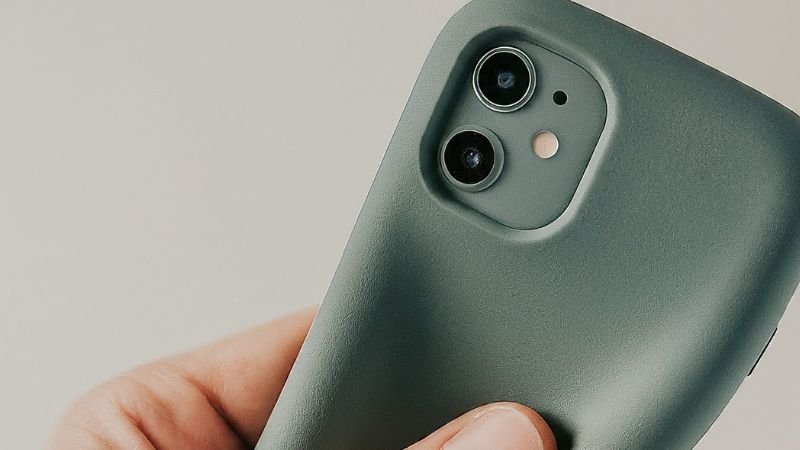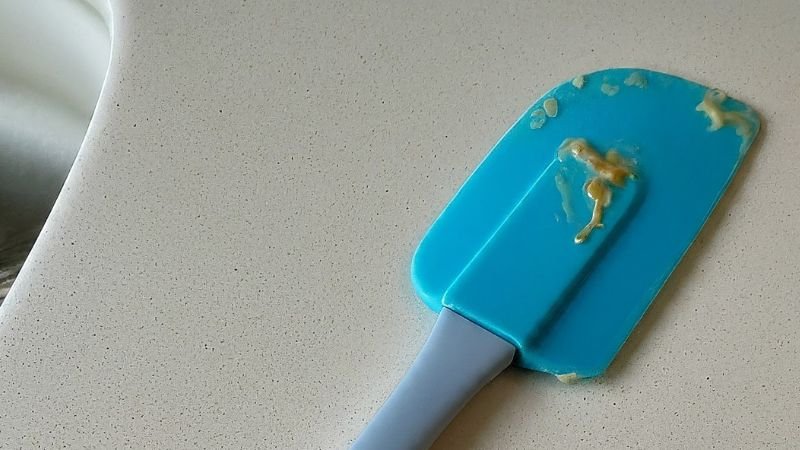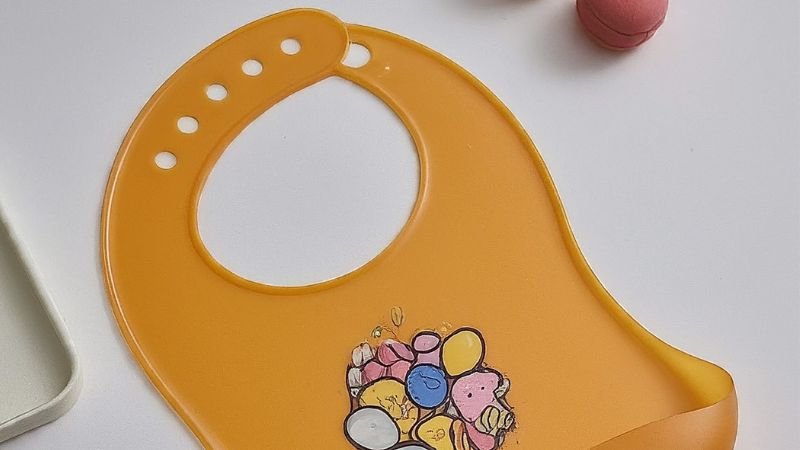Have you ever reached for your favorite silicone phone case or spatula, only to find it’s lost its grip? Silicone’s inherent stickiness makes it a versatile material, but over time, it can wear down. Luckily, there are ways to revive its adhesive properties! In this post, we’ll explore how to make silicone sticky again, depending on the specific use case.
Understanding Silicone Adhesiveness
Silicone itself isn’t inherently sticky. Its adhesion relies on a microscopic surface texture that creates a friction grip. However, dirt, oils, and other residues can fill these microscopic gaps, reducing the grip. Additionally, some silicone products have a thin layer of adhesive applied during manufacturing, which can wear down with use.
General Cleaning for Improved Grip
The simplest solution for most silicone items is a thorough cleaning. Here’s how:
- Wash with warm water and mild soap. Avoid harsh detergents or abrasive sponges, which can damage the silicone.
- Let it air dry completely. Don’t use a dryer or heat source, as this can further reduce adhesion.
- Buff gently with a microfiber cloth. This can help remove any remaining residue and restore the surface texture.

Restoring Adhesive on Silicone Phone Cases
Phone cases often have a layer of adhesive that loses stickiness over time. Here are a few methods to try:
- Double-sided tape: Apply thin strips of double-sided tape to the non-adhesive side of the case. Choose a tape with a removable adhesive to avoid damaging your phone.
- Silicone adhesive spray: Look for a silicone-based adhesive spray designed for phone cases [Where to buy silicone adhesive spray for phone cases?]. Apply a thin, even coat and let it dry completely before attaching the case.

Maintaining Silicone Kitchenware Grip
Silicone spatulas and other kitchen tools can lose their grip due to food residue. Here are some cleaning tips:
- Soak in a baking soda solution. Make a paste of baking soda and water, and soak your silicone items for 30 minutes. This can help remove stubborn grease and grime.
- Clean with white vinegar. White vinegar is a natural disinfectant that can also help remove residue. Dilute it with water and wipe down your silicone tools.

Rejuvenating Silicone Baby Products
Silicone baby products like bibs and teethers should be cleaned regularly to maintain hygiene and prevent the build-up of bacteria. Here’s how:
- Boil or steam sterilize. This is the most effective way to kill bacteria on silicone baby products. Follow the manufacturer’s instructions for safe sterilization.
- Top-rack dishwasher safe silicone items can be washed in the dishwasher. However, avoid using harsh detergents or high heat settings.
When to Replace Silicone Products
While cleaning and restoration techniques can extend the life of your silicone items, sometimes replacement is necessary. Here are some signs it’s time for a new one:
- Significant loss of grip. If your silicone product no longer adheres properly, even after cleaning, it’s time for a replacement.
- Cracks or tears. Damaged silicone can harbor bacteria and may not be safe to use.
- Discoloration or a sticky residue. This can indicate the breakdown of the silicone material, and it’s best to replace the item.
Rysilicone: Your Trusted Partner for High-Quality Silicone Products
At Rysilicone, a B2B silicone product manufacturer based in China, we understand the importance of long-lasting, high-quality silicone products. We offer a wide range of customizable silicone kitchenware, baby products, gifts, and industrial parts, all made with premium materials and strict quality control.
We pride ourselves on exceptional customer service and work closely with our clients, including large corporations, procurement agents, and kitchenware manufacturers, to ensure they receive the products that best suit their needs.
Contact Rysilicone today to discuss your custom silicone product requirements and learn more about how we can help your business thrive!